Arabian Juniper Tree
- November 18, 2024
- 0 comment
The Arabian Juniper Tree (Juniperus communis) is an iconic evergreen that plays a vital role in its native ecosystems. Known for its rugged beauty and resilience, this tree is part of the cypress family, Cupressaceae, and is celebrated for its ecological contributions, including soil stabilization, biodiversity support, and drought resistance.

These trees are crucial components of arid and semi-arid landscapes, serving as keystone species in maintaining ecosystem balance. Their hardy nature allows them to thrive in challenging environments, offering shade, food, and shelter to various forms of wildlife.
What Is an Arabian Juniper Tree?
The Arabian Juniper Tree, scientifically classified as Juniperus communis, is an evergreen conifer with needle-like leaves, small berry-like cones, and rough bark that peels in strips. The tree typically grows between 1 to 6 meters tall, though some varieties reach greater heights under favorable conditions.
| Characteristics | Arabian Juniper Tree |
|---|---|
| Scientific Name | Juniperus communis |
| Common Names | Arabian Juniper |
| Family | Cupressaceae |
| Native Region | Arabian Peninsula, including Saudi Arabia, Yemen, and Oman |
| Plant Type | Evergreen conifer |
| Size | 1–6 meters (3–20 feet) in height, occasionally taller |
| Leaves | Needle-like, small, waxy, and dark green |
| Flowers | Inconspicuous; female flowers develop into berry-like cones |
| Propagation | From seeds or cuttings; thrives in well-drained, rocky soils |
| Drought Tolerance | High; adapted to arid and semi-arid conditions |
| Cultural Uses | Traditional medicine and fuel source in native regions |
| Ecological Role | Prevents soil erosion, supports biodiversity, and offers shelter for wildlife |
| Notable Species | Juniperus procera, Juniperus phoenicea, Juniperus excelsa |
| Hardiness Zones | USDA zones 8–11 |
| Growth Rate | Slow to moderate, depending on conditions |
| Lifespan | Over 100 years in native habitats |
Arabian Juniper Tree Interesting Facts:
- Its berries are used in culinary applications and traditional medicine.
- Junipers contribute to soil health by stabilizing loose, sandy, or rocky soils with their extensive root systems.
- Lifespans can exceed 100 years, making them an enduring part of their ecosystems.
Three Different Types of Arabian Juniper Tree
Several species of junipers are native to arid and semi-arid regions, each with unique adaptations. Common varieties include:
Juniperus Procera
Grows taller than other species and is found in higher altitudes.


Juniperus Phoenicea
Known for its ability to thrive in sandy soils.
Juniperus Excelsa
A widespread species, particularly in Mediterranean and Middle Eastern regions.
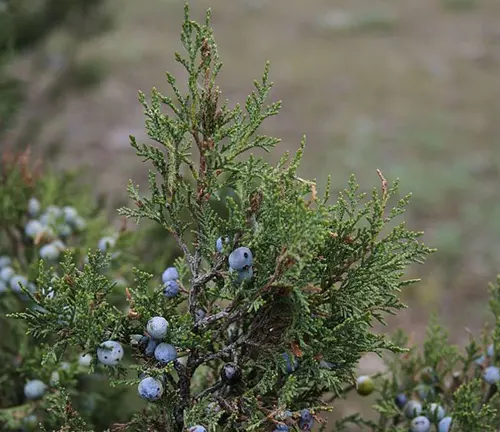
Each species offers unique benefits to its environment, whether in providing shelter for wildlife or stabilizing fragile soils.
Where Do Arabian Juniper Trees Grow?
Arabian Juniper Trees are native to mountainous regions, particularly in the Arabian Peninsula, including areas like Saudi Arabia, Yemen, and Oman. They thrive in rocky, well-drained soils at altitudes ranging from 2,000 to 3,000 meters.
Adaptations to Environment:
- Their small, waxy leaves minimize water loss, making them highly drought-tolerant.
- Deep root systems allow access to underground water sources, enabling survival in arid climates.
How to Grow and Care for Arabian Juniper Trees
Growing an Arabian Juniper Tree in a home garden requires mimicking its natural habitat:

- Soil: Prefers well-drained, sandy, or rocky soil.
- Water: Minimal watering is required once established, as the tree is drought-tolerant.
- Sunlight: Thrives in full sun but can tolerate partial shade.
Propagation and Maintenance Tips:
- Use seeds: Collect and sow berries in well-prepared soil.
- Cuttings: Select healthy branches and root them in moist soil.
- Prune dead or diseased branches to promote growth.
- Protect from pests like spider mites using natural remedies or horticultural oils.
Ecological Benefits of Arabian Juniper Tree

- Soil Health: Stabilizes soil and prevents erosion in fragile environments.
- Biodiversity: Provides food and habitat for birds, insects, and small mammals.
- Climate Regulation: Absorbs carbon dioxide, contributing to climate change mitigation.
Arabian Juniper Tree Flowering and Pollination
The Arabian Juniper flowers in spring, producing small, inconspicuous blooms. Male and female flowers grow on separate trees (dioecious plants). Female flowers develop into fleshy, berry-like cones that mature over two years.
These trees rely on wind for pollination, although their berries attract birds, which help disperse seeds and support the tree’s reproduction.
Is the Arabian Juniper Tree Drought-Tolerant?
Yes, the Arabian Juniper Tree is highly drought-tolerant, thriving in areas with minimal rainfall. Its water conservation adaptations, including needle-like leaves and deep roots, make it an excellent choice for dry landscapes or xeriscaping.
For growers in arid climates, regular watering during the first few years helps establish the tree, after which it requires minimal care.
Arabian Juniper Tree and Wildlife Interactions
Arabian Juniper Trees are integral to their ecosystems, providing essential resources:
- Food: Birds and mammals feed on juniper berries.
- Shelter: Their dense branches protect animals from predators and harsh weather.
- Symbiotic Relationships: Birds disperse seeds, aiding in the propagation of new trees.
Conclusions
The Arabian Juniper Tree (Juniperus communis) is a resilient species vital for environmental health, biodiversity, and soil stabilization in arid and mountainous regions. Its ability to thrive in challenging conditions makes it a symbol of nature’s adaptability and an essential focus for conservation efforts.
Preserving and planting Arabian Juniper Trees ensures the sustainability of ecosystems that depend on them and reinforces the connection between natural resilience and human responsibility.
Frequently Asked Questions (FAQs)
- What is the Arabian Juniper Tree?
The Arabian Juniper Tree (Juniperus communis) is a hardy evergreen conifer native to arid and mountainous regions, known for its ecological importance and resilience. - Where does the Arabian Juniper Tree grow?
It thrives in rocky, well-drained soils of the Arabian Peninsula at altitudes between 2,000 to 3,000 meters, adapting well to arid and semi-arid climates. - How long does the Arabian Juniper Tree live?
These trees can live over 100 years, making them a long-lasting component of their ecosystems. - Is the Arabian Juniper Tree drought-tolerant?
Yes, it is highly drought-tolerant, with adaptations like needle-like leaves and deep roots that conserve water. - What are the ecological benefits of the Arabian Juniper Tree?
It prevents soil erosion, supports biodiversity, absorbs CO₂, and provides shelter and food for wildlife. - How can I grow an Arabian Juniper Tree?
Plant in well-drained soil with full sun, water minimally once established, and propagate using seeds or cuttings. - Does the Arabian Juniper Tree attract wildlife?
Yes, its berries attract birds and mammals, and its dense branches offer shelter for various species. - Why is the Arabian Juniper Tree important for conservation?
It stabilizes fragile ecosystems, supports biodiversity, and plays a key role in combating desertification and climate change.
We hope this guide has shed light on the importance of the Arabian Juniper Tree. Have experiences with this resilient tree? Share your thoughts below to inspire others. Don’t forget to share this guide with nature enthusiasts to help promote conservation and sustainability!


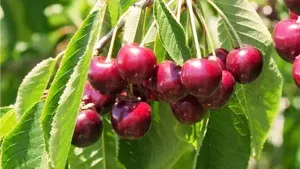
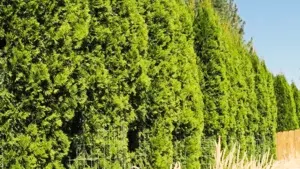

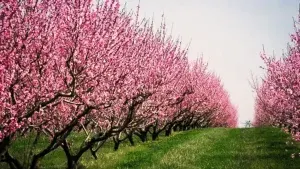
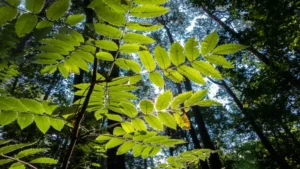
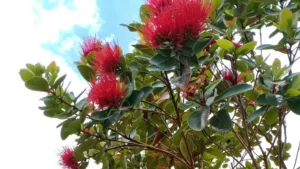
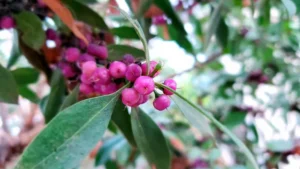
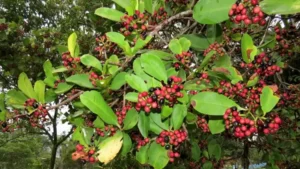

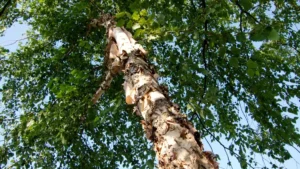
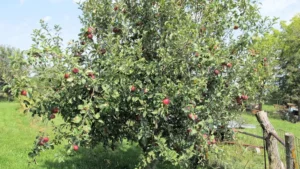
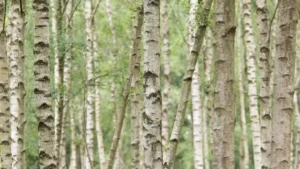
Leave your comment